Frontline report: Months of strikes set stage for latest missile onslaught on Crimea
By targeting radars and communications, Ukraine has uncovered flaws in Russia's network of Crimean defenses, enabling an escalating missile and drone campaign. The post Frontline report: Months of strikes set stage for latest missile onslaught on Crimea appeared first on Euromaidan Press.
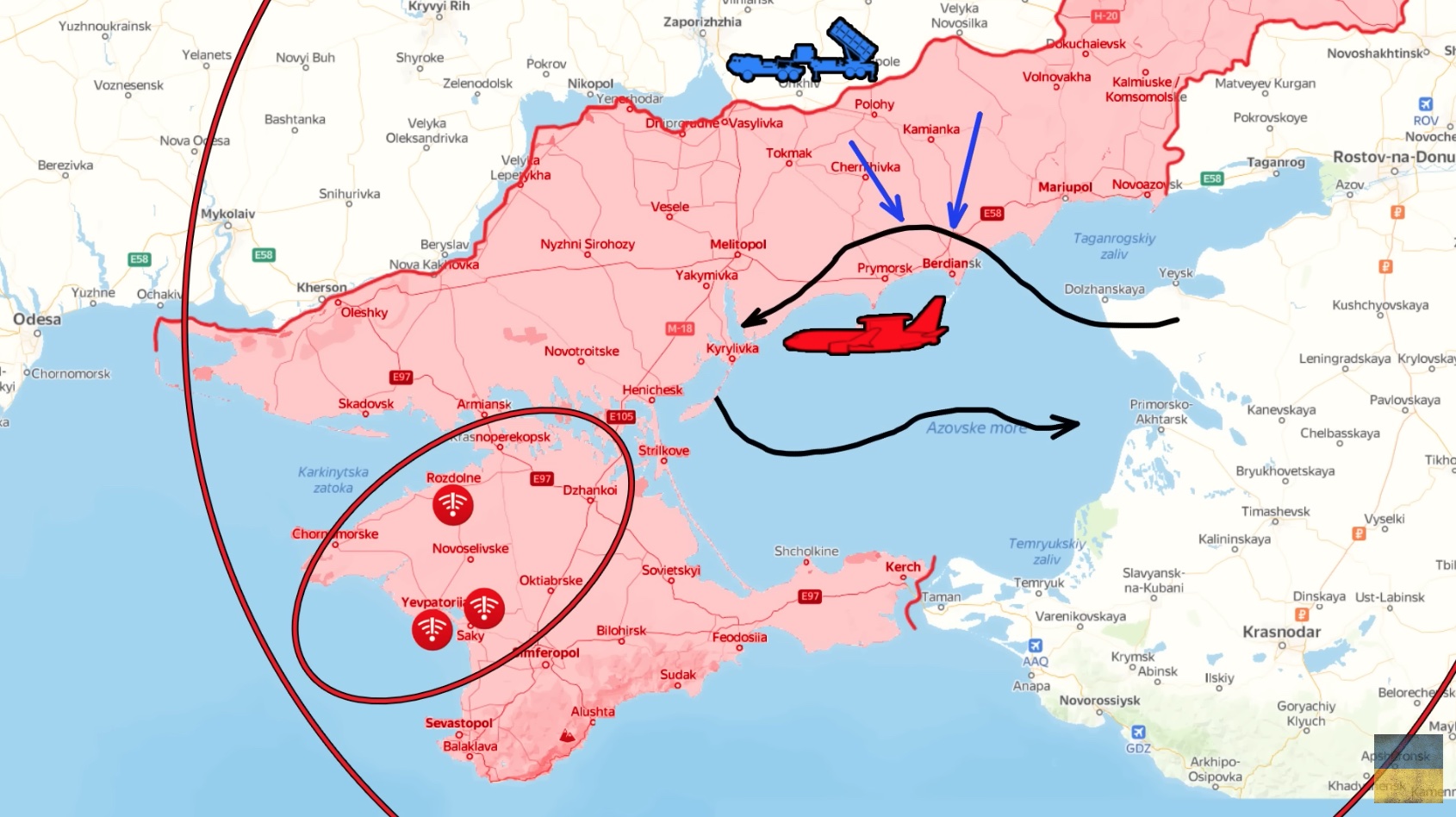
Today, there is a lot of news from the south. Yesterday, Ukrainian forces conducted a concentrated missile strike on Crimea. The Russian Ministry of Defense stated that Ukrainian aviation launched 20 missiles in the direction of Sevastopol and claimed that all of them were intercepted. Local residents, however, reported hearing 6 explosions in the northern part of Sevastopol.
Judging by the footage, the target of the missile strike became the Russian airbase [Belbek]. Some sources claimed that apart from the airfield itself, at least one missile hit the underground headquarters, similar to what we saw near Mariupol last year.
Radar station likely hit in Ukraine strike on Belbek airfield in Russian-occupied Crimea
The 31 January missile strike should not have been a surprise because yesterday, Ukrainians conducted a successful drone strike.
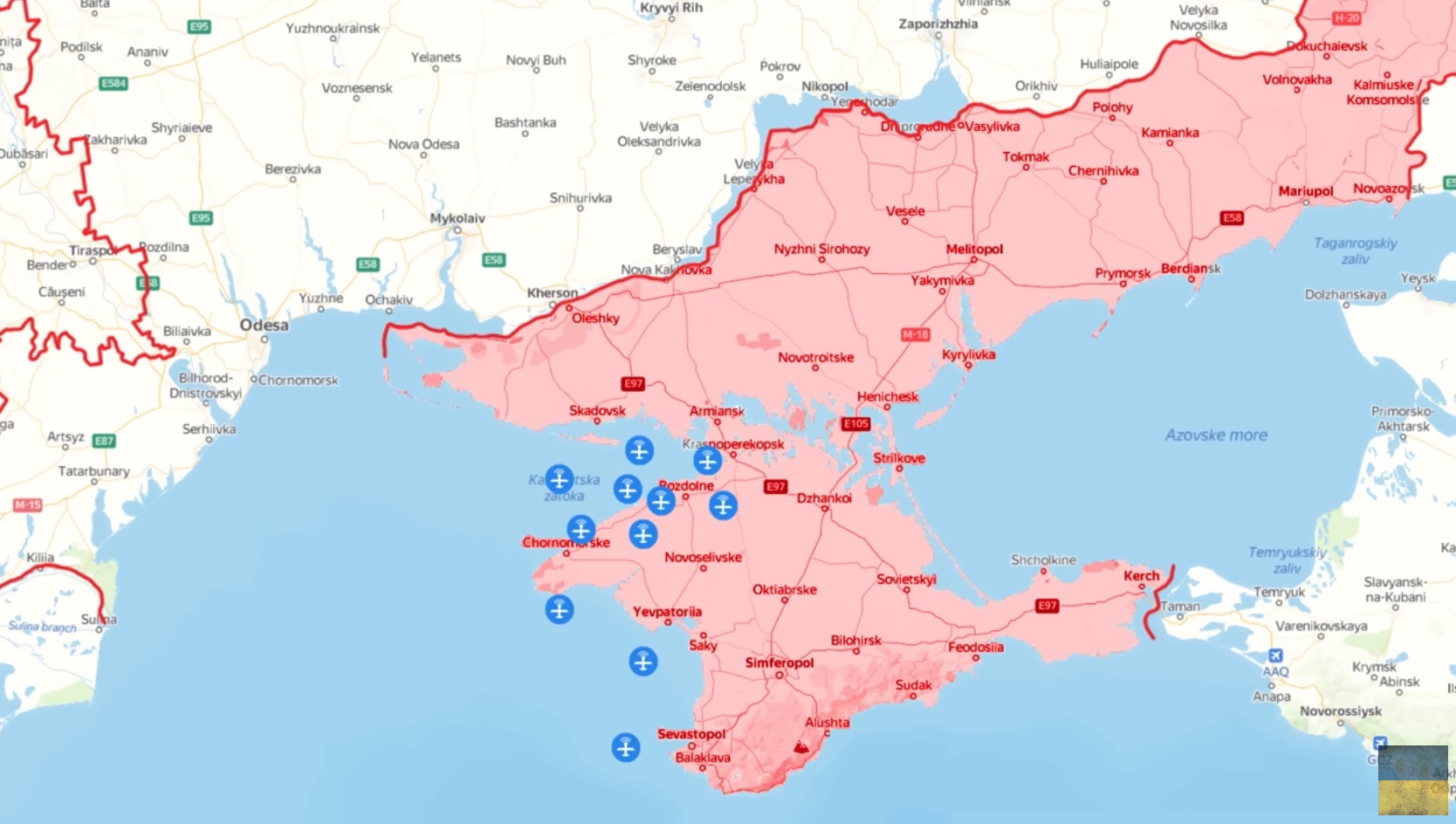
Most of the drones were operating near Rozdolne, which is exactly where Ukrainians managed to destroy a Russian air defense system radar station. The destruction of the radar undermined air defense in this region and opened a window for today’s missile strike.
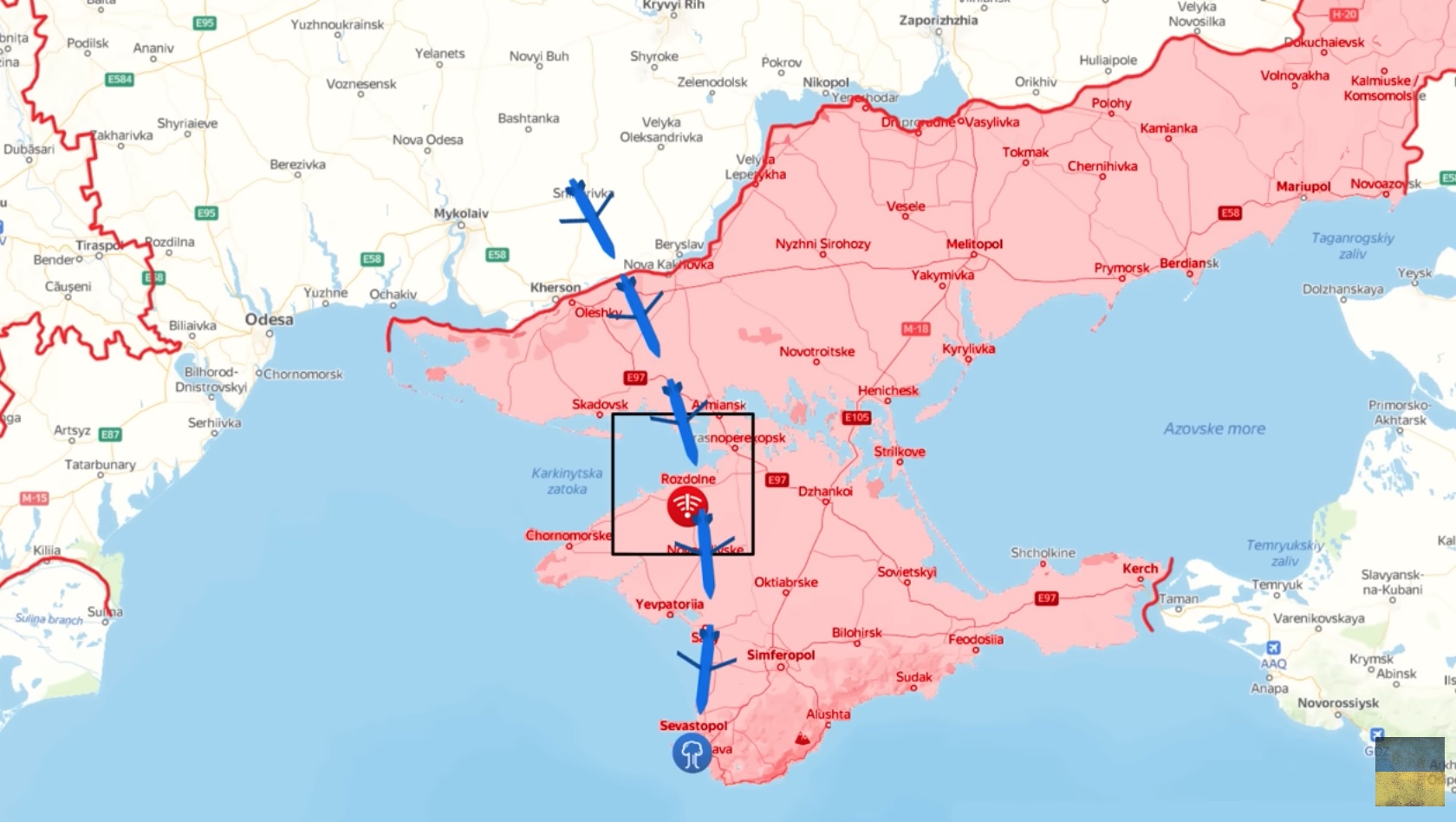
And these latest developments serve as a direct extension of the much broader Ukrainian strike campaign in Crimea, which reached its peak intensity in the previous several weeks. In fact, connecting all these strikes together reveals an unbelievable scale and far-reaching implications of the operations because Ukrainians are not just aiming to destroy whatever equipment they can but rather exploit and exacerbate systematic weaknesses of the Russian military.
First stage of operations: finishing off Russian Black Sea Fleet
The first stage of the operation happened in the first half of January when Ukrainians focused their fire on the remnants of the Russian Black Sea Fleet in Sevastopol. As you remember, Russians have already relocated much of it to Novorossiysk, causing the evolution of the Ukrainian goals. Nonetheless, Ukrainians did not want to reveal their new goals and designed the operation to make it seem like they were still chasing the Russian fleet.
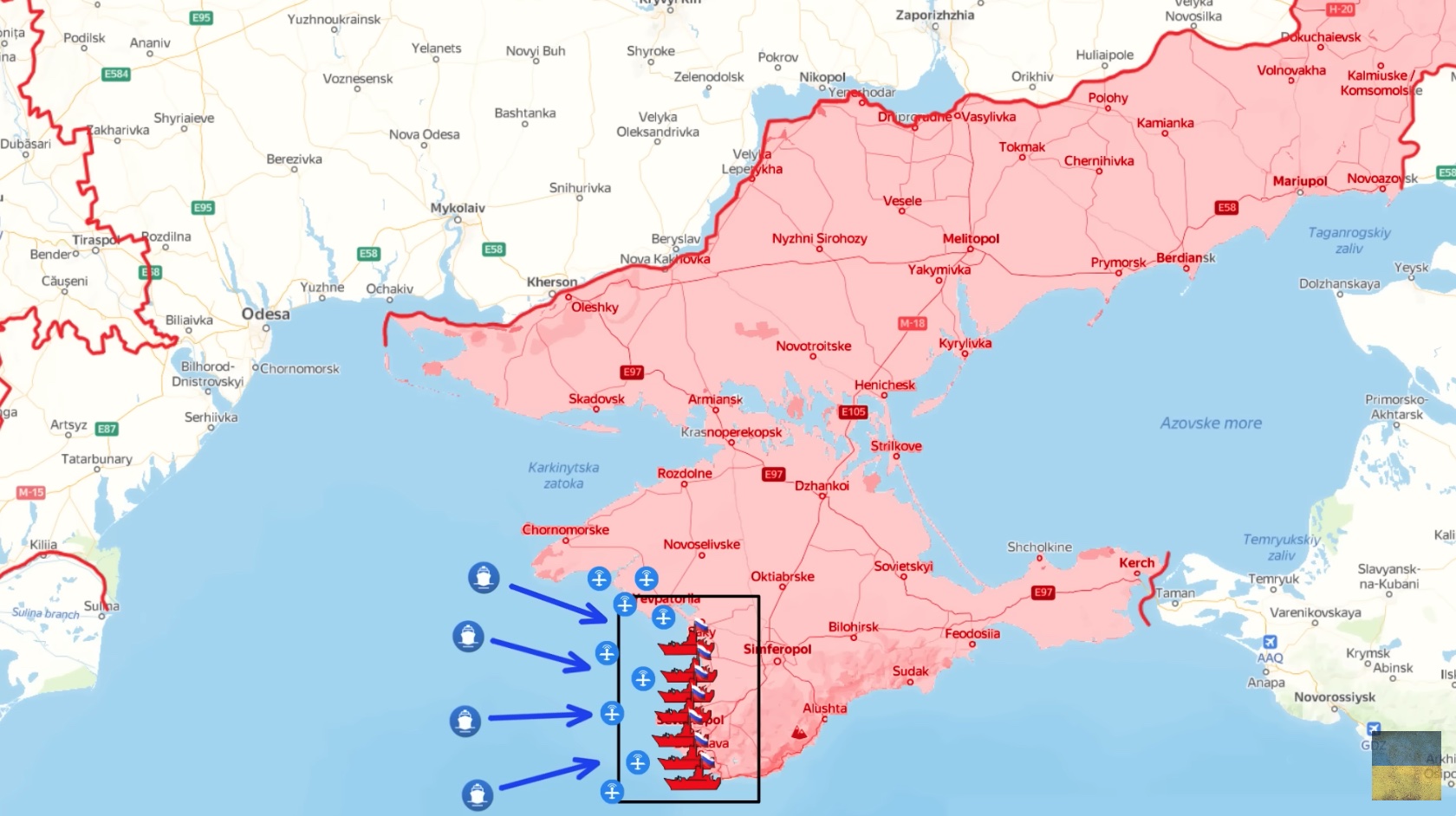
The strikes involved a lot of marine and aerial drones. Ukrainians even put to use the newest marine drones that were equipped with missiles and could damage Russian ships from afar.
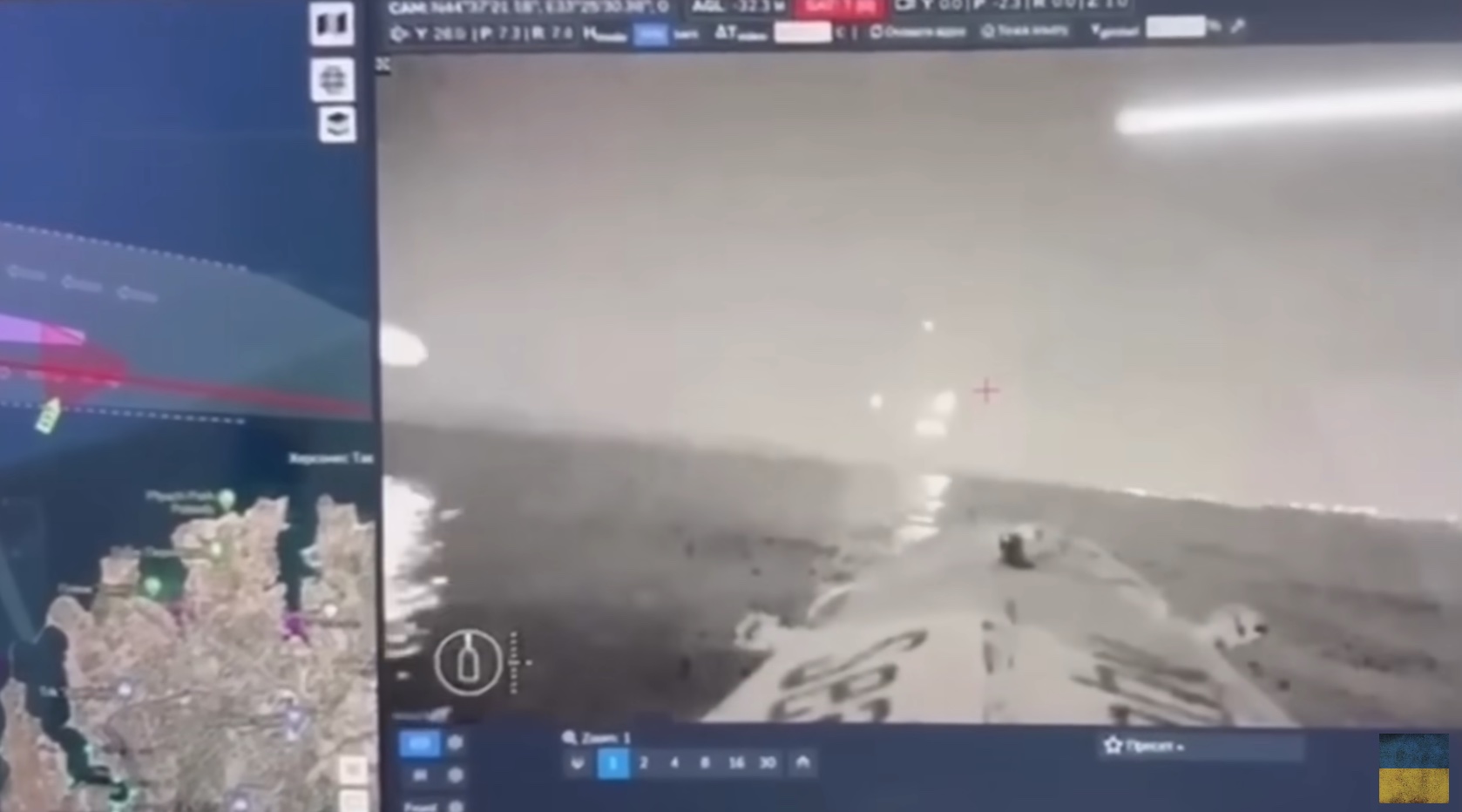
Interestingly, Ukrainian partisans from the Atesh Group recently revealed that one of the smaller ships sank in the bay, possibly due to this strike.
Such development served as a great distraction, forcing Russians to focus on protecting the ships. Ukrainians reinforced this decision by launching anti-ship missiles from Odesa. In the meantime, Ukrainians detected that some of the drones managed to get very close to Saky without being shot down, signaling that there was a weakness.
Second stage: exploiting gaps in Saky air defense
Ukrainians immediately followed up with a comprehensive missile strike involving Storm Shadow and SCALP missiles, as well as various anti-radar and decoy rockets and drones. Based on the satellite footage, Ukrainians managed to destroy a Russian command post near Sevastopol, ammunition warehouses near Pervomaiske, and most importantly, an air defense radar system and a communications center in Yevpatoria responsible for coordinating Russian air defense operations.

Russian analysts concluded that the real goal all along was degrading the Russian air defense umbrella.
And this was correct because the destruction of the radars and communication centers created a massive hole in the Russian airspace, which Ukrainians immediately started to take advantage of.
In a matter of weeks, Ukrainian strikes started reaching not only eastern Crimea but also Tuapse, Krasnodar, and Rostov.
Third stage: destroying A-50 AWAC aircraft
In order to plug the hole, Russia began constant sorties of A-50 long-range radar detection aircraft. Moreover, Russian commanders ordered to fly closer to the northern shore of Azov to cover possible strikes from the north.
Ukrainians noticed that the aircraft usually reached Berdiansk and relocated the Patriot system to launch a hunt on it. As you know, the hunt was successful, and apart from destroying an extremely rare A-50, of which Russians have less than 10, Ukrainians also severely damaged an Il-22 airborne command post aircraft.
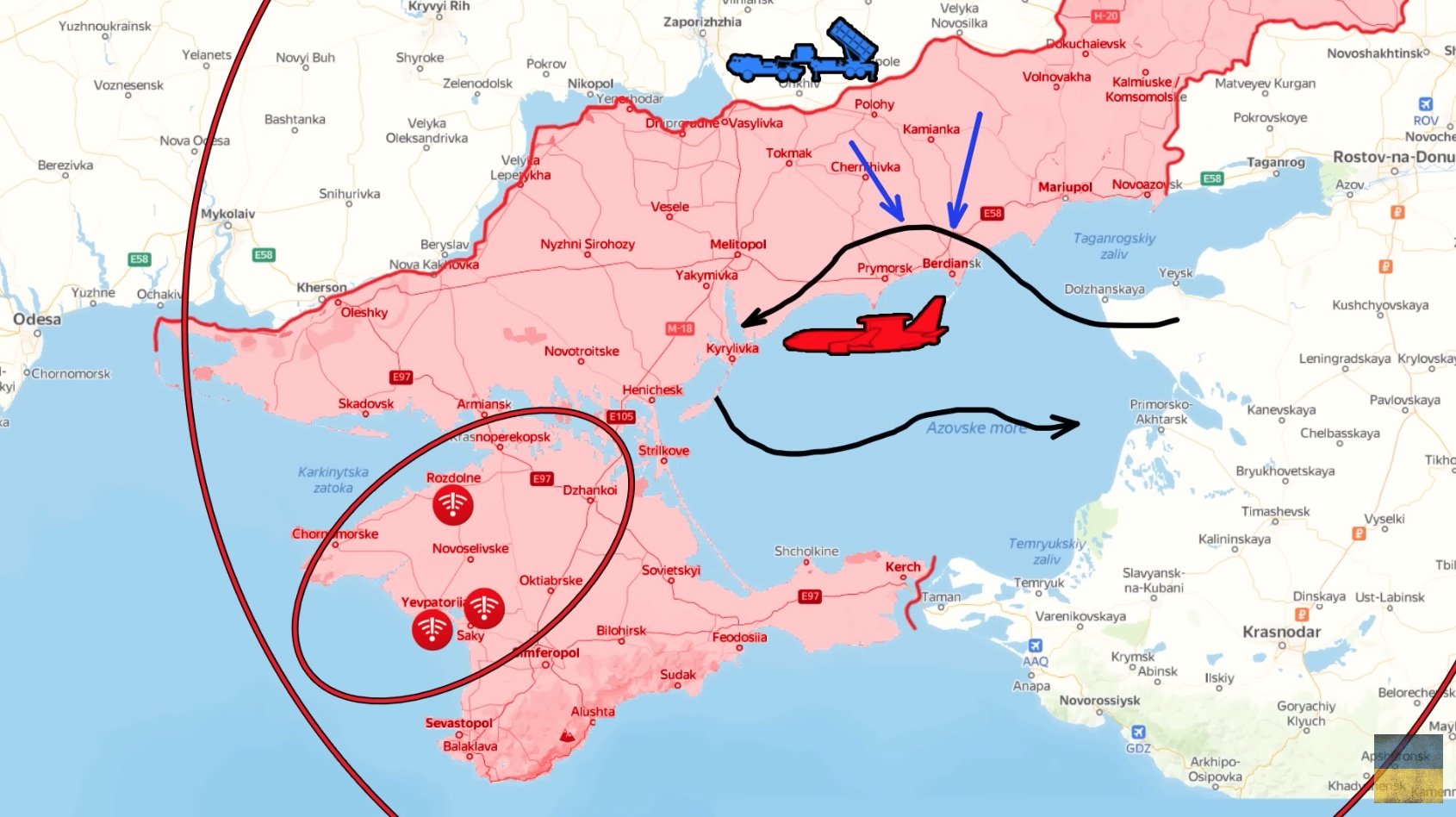
This temporarily created an even bigger hole in the sky, and Ukrainians immediately launched a series of missile and drone strikes.
The targets became a chemical plant in Rostov, a massive oil refinery in Tuapse, and a speed boat factory near the same city. In Crimea, Ukrainians focused on Sevastopol and Tarkhankut and sometimes reached Hennichesk via the empty skies of Crimea.
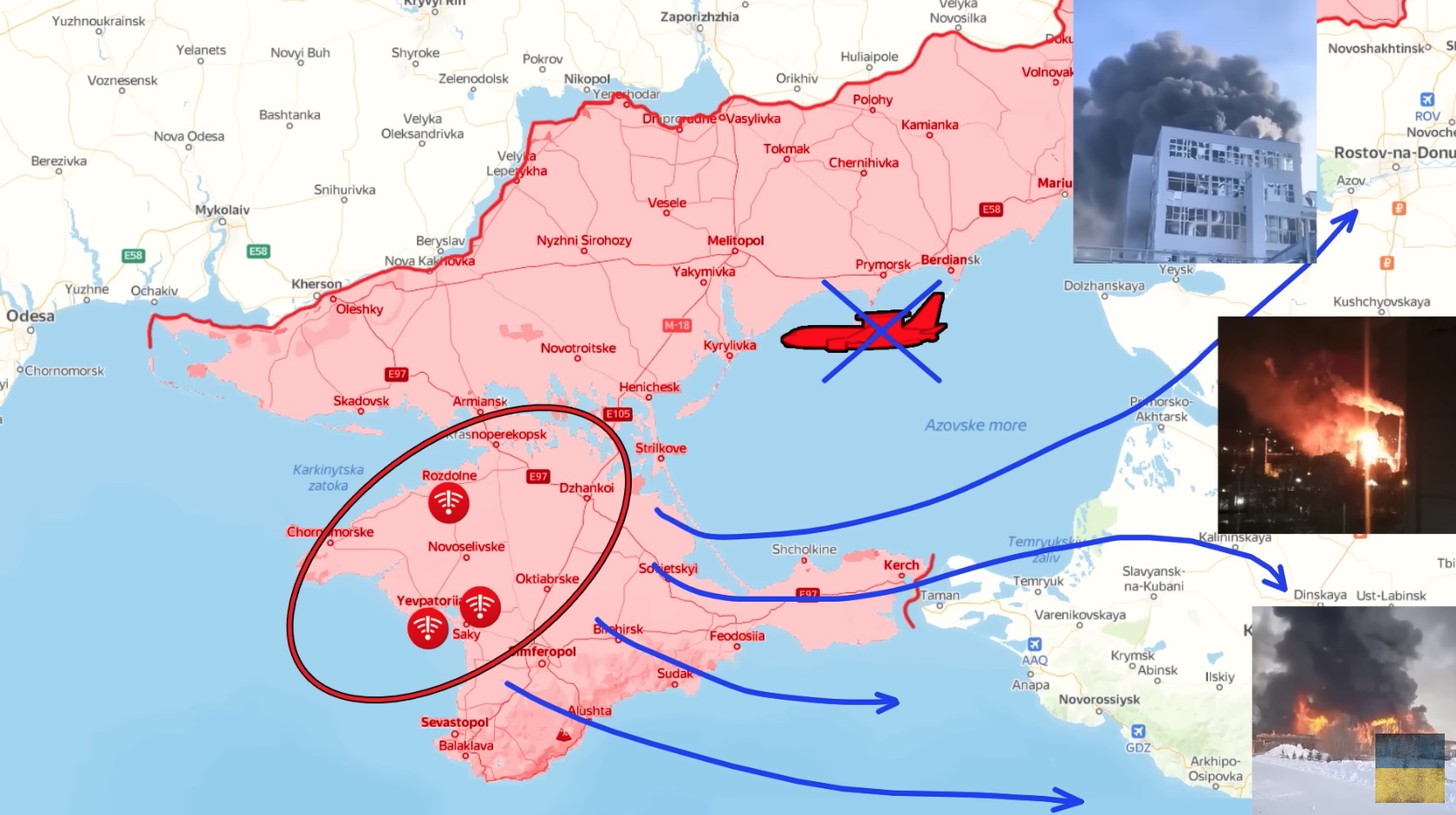
So, yesterday’s destruction of yet another radar station and today’s strike on the airfield is a continuation of this intense month-long campaign. In fact, the situation with air defense and strikes in Crimea is so dire that the Russian Minister of Foreign Affairs claimed that Ukrainians are making Crimea simply untenable.
This is in line with the statements of Ukrainian military and political leaders. For example, Ukrainian President Volodymyr Zelenskyy stated that Crimea will become the center of some of the most intense battles in 2024. The Head of Ukrainian Intelligence similarly stated that Ukrainian forces will continue to press Russian forces through operations that target Russian logistics in Crimea and beyond.
The continuous strike campaigns in the south are destabilizing the situation and preventing Russians from developing solid logistics.
And it seems like the campaign will not stop as French President Emmanuel Macron stated that France will send 40 SCALP missiles, while the Pentagon stated that Ukrainians will have GLSDB rockets with a 150 km range already tomorrow.
In our daily frontline report, we pair up with the military blogger Reporting from Ukraine to keep you informed about what is happening on the battlefield in the Russo-Ukrainian war.
You could close this page. Or you could join our community and help us produce more materials like this.
We keep our reporting open and accessible to everyone because we believe in the power of free information. This is why our small, cost-effective team depends on the support of readers like you to bring deliver timely news, quality analysis, and on-the-ground reports about Russia's war against Ukraine and Ukraine's struggle to build a democratic society.
A little bit goes a long way: for as little as the cost of one cup of coffee a month, you can help build bridges between Ukraine and the rest of the world, plus become a co-creator and vote for topics we should cover next. Become a patron or see other ways to support.
The post Frontline report: Months of strikes set stage for latest missile onslaught on Crimea appeared first on Euromaidan Press.



